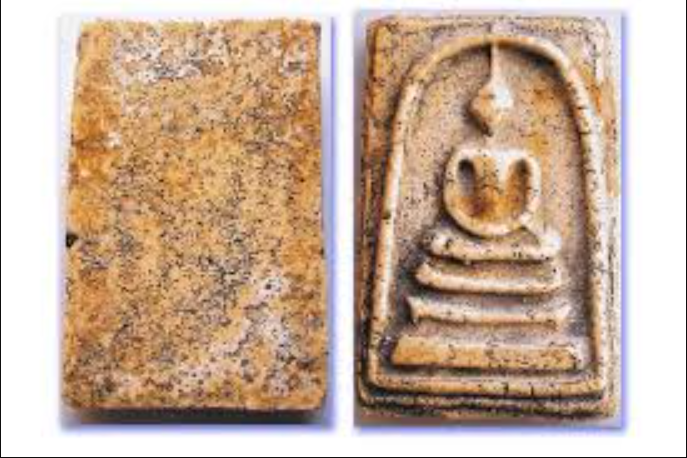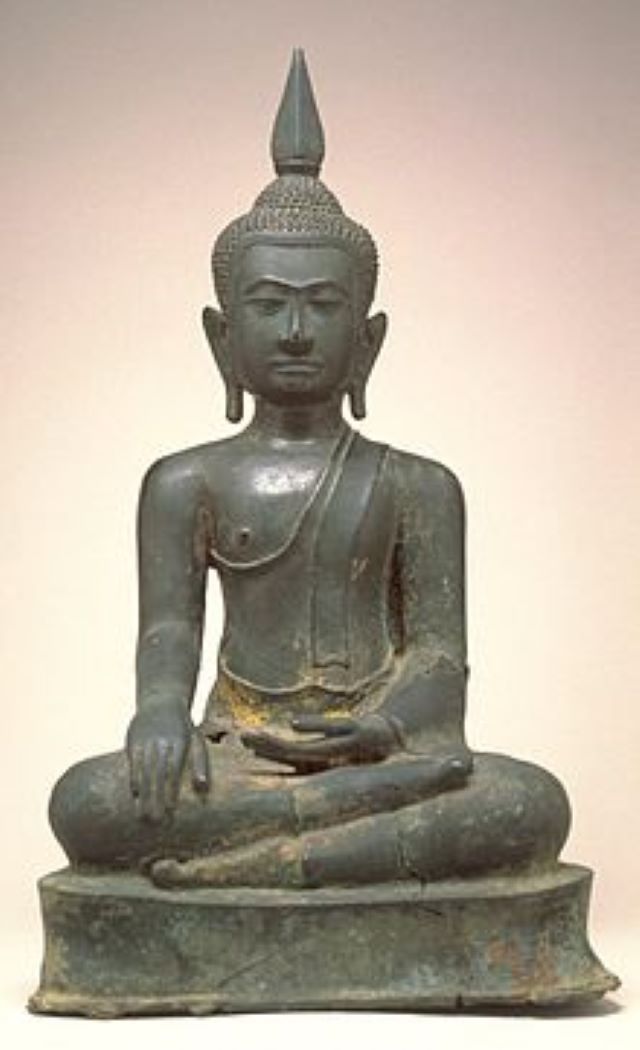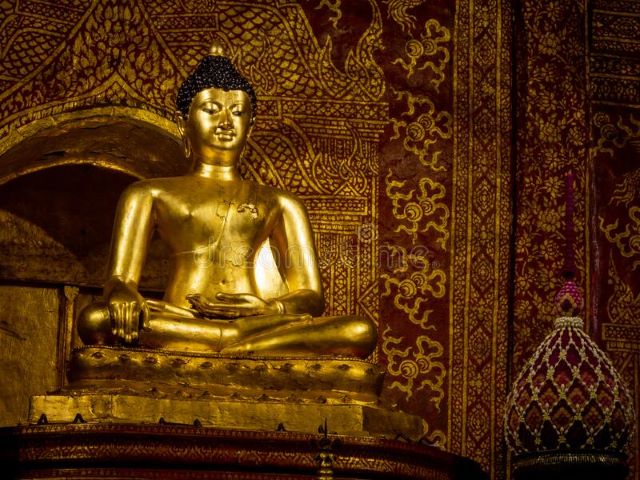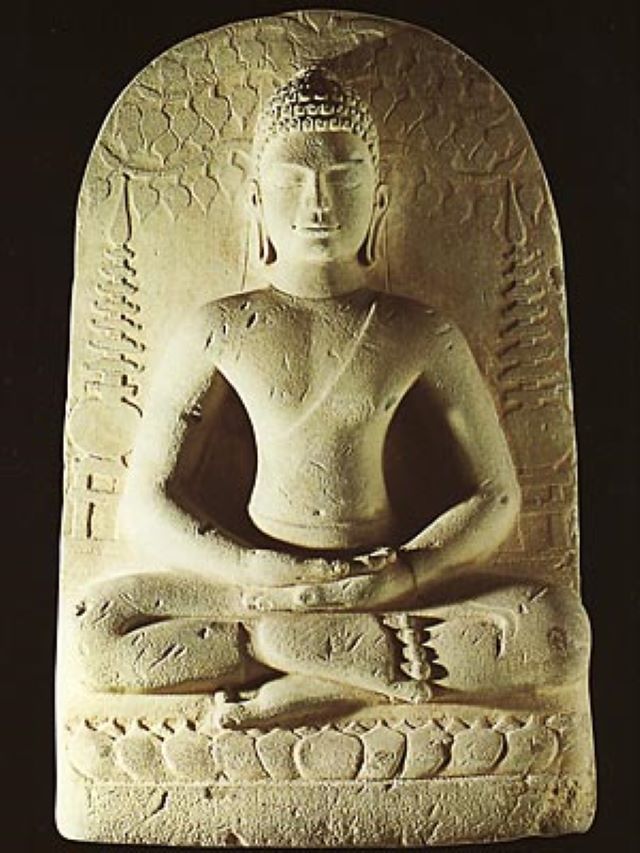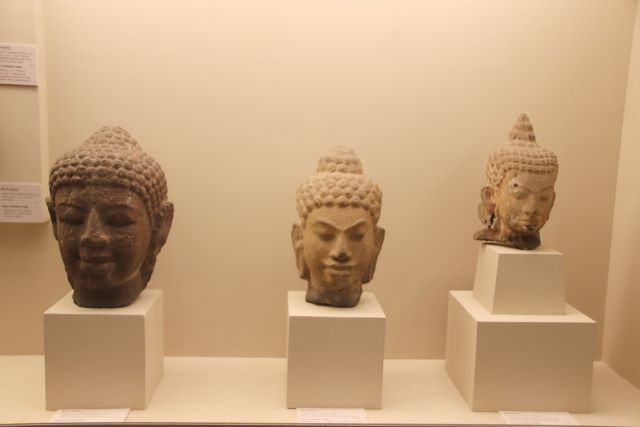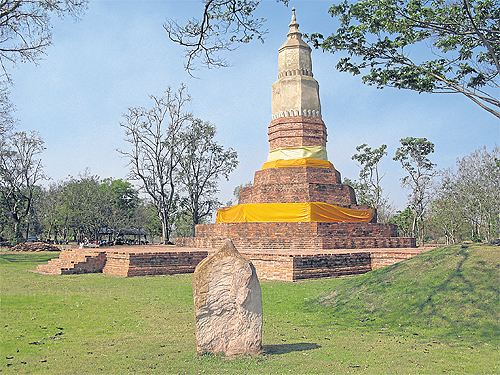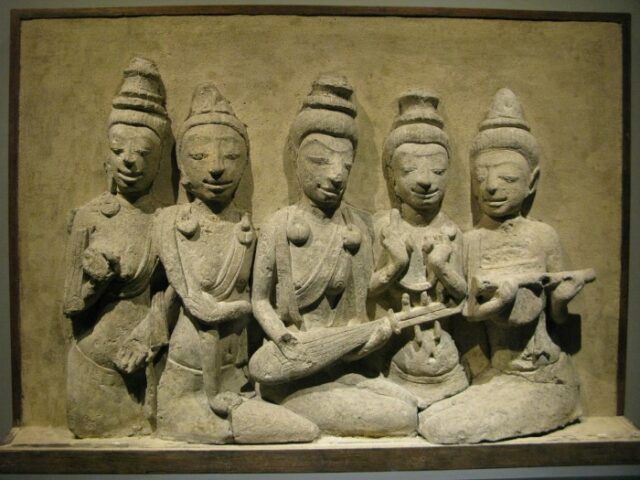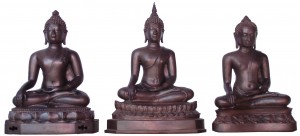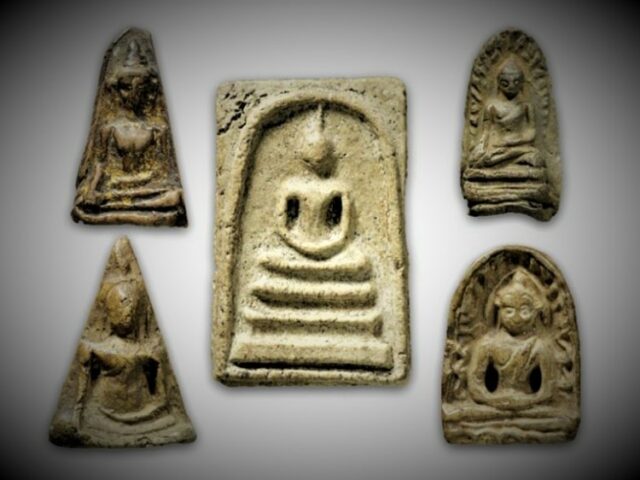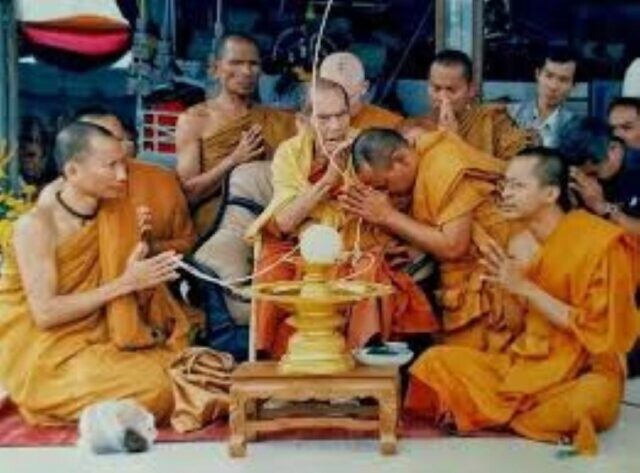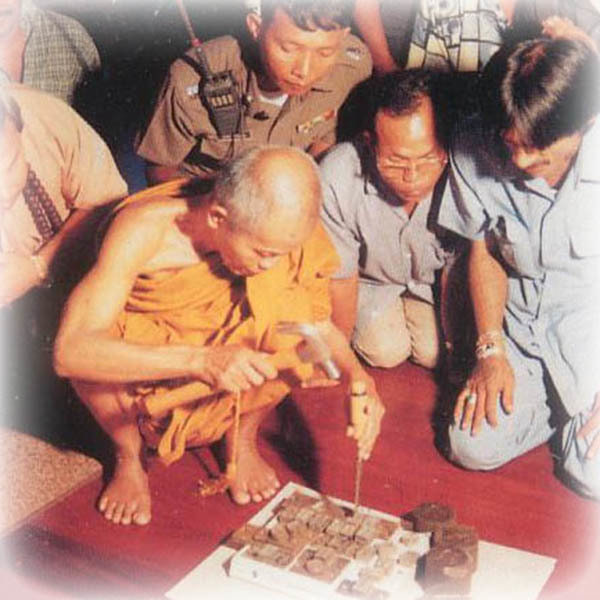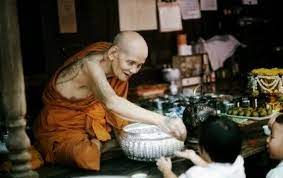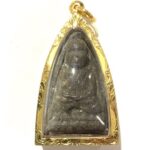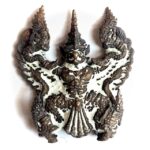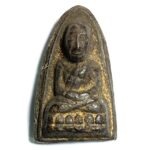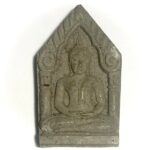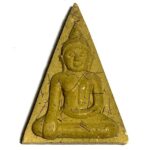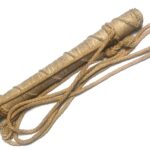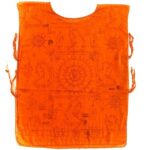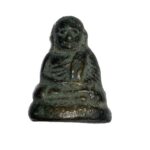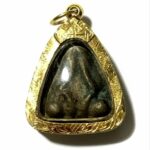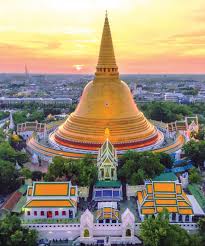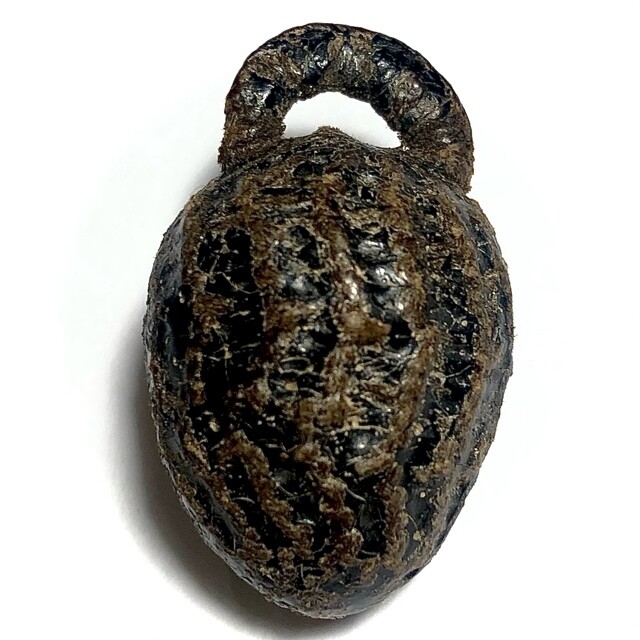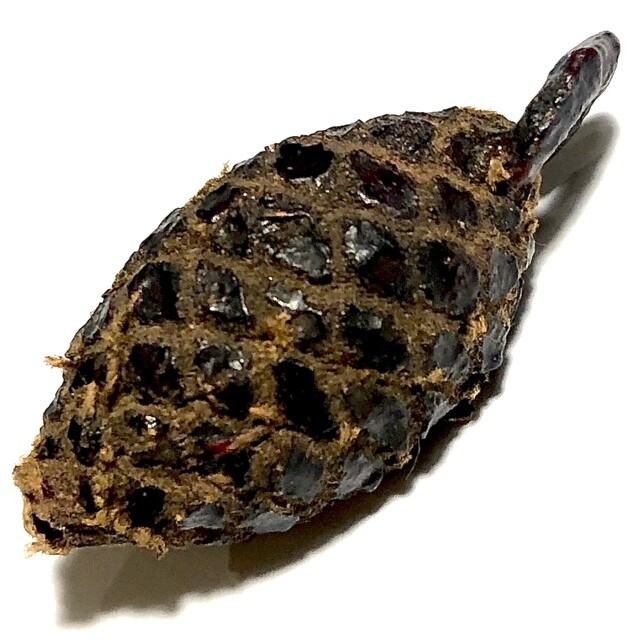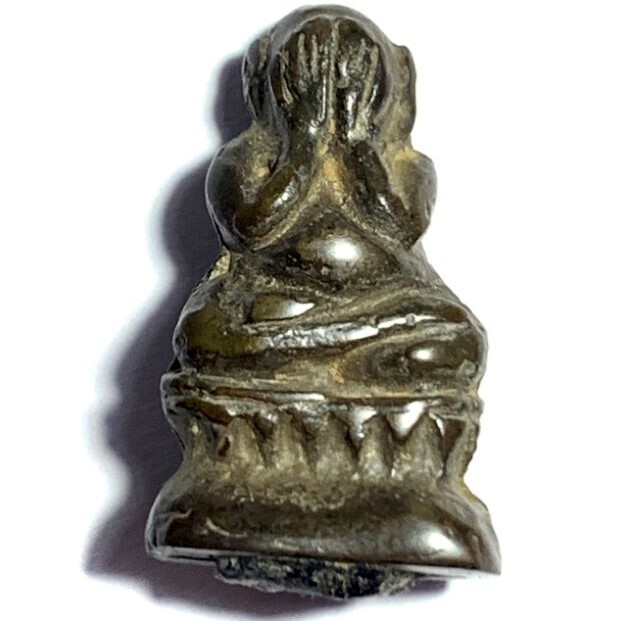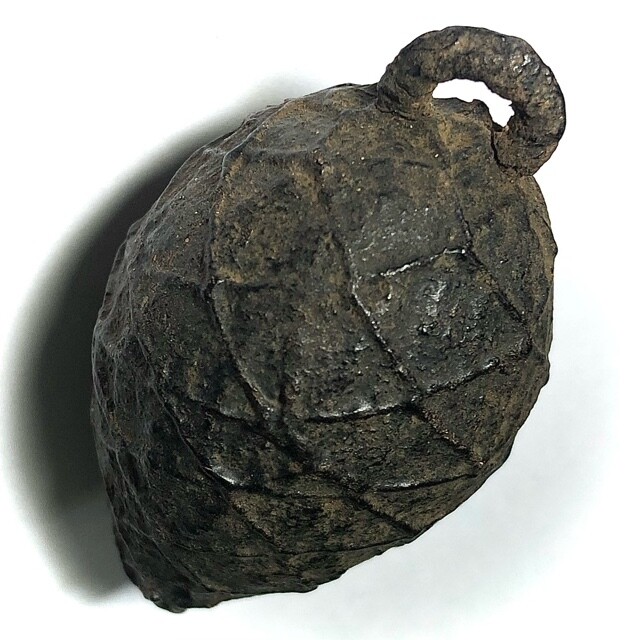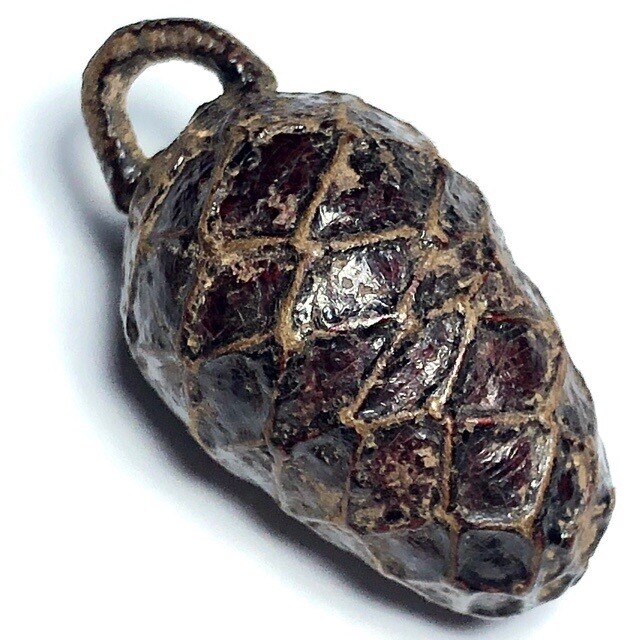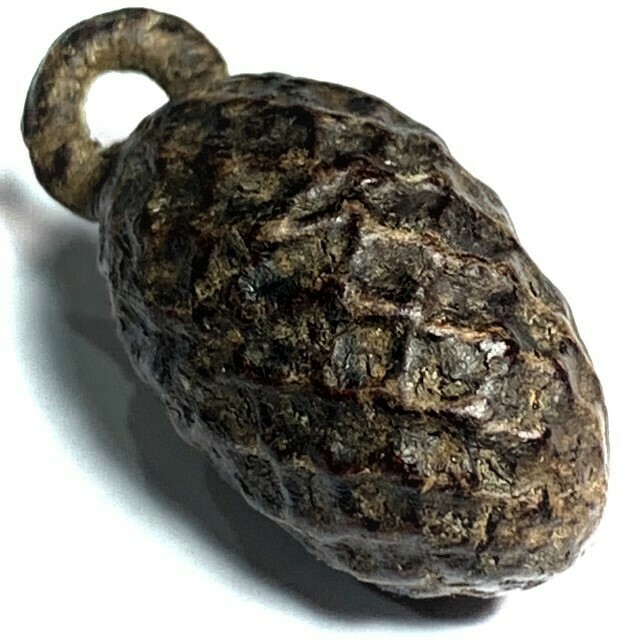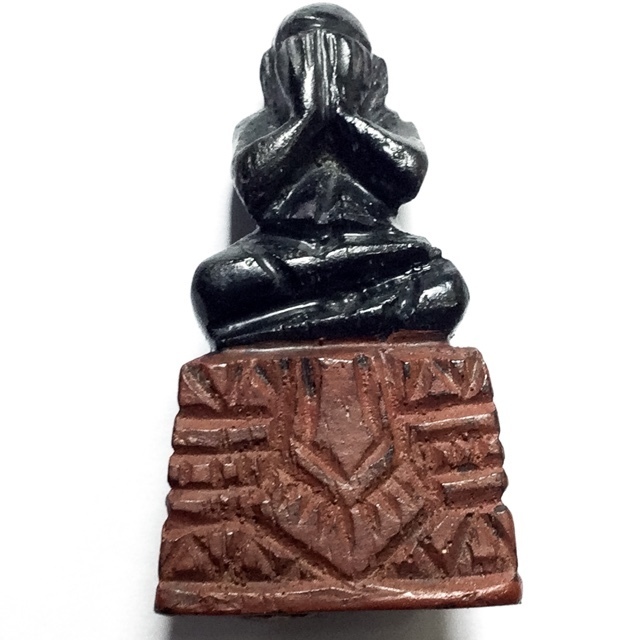Thai Buddhist amulets, or Phra Krueang (พระเครื่อง) in the Thai language, are sacred objects highly revered in Thai culture for their perceived spiritual and protective powers. Thai amulets and talismans, typically worn around the neck or carried on the person, are deeply embedded in Thailand’s religious, cultural, and historical landscape. They are intrinsically connected to the country’s Theravada Buddhist tradition and play a significant role in daily life, serving as both spiritual icons and symbols of faith.
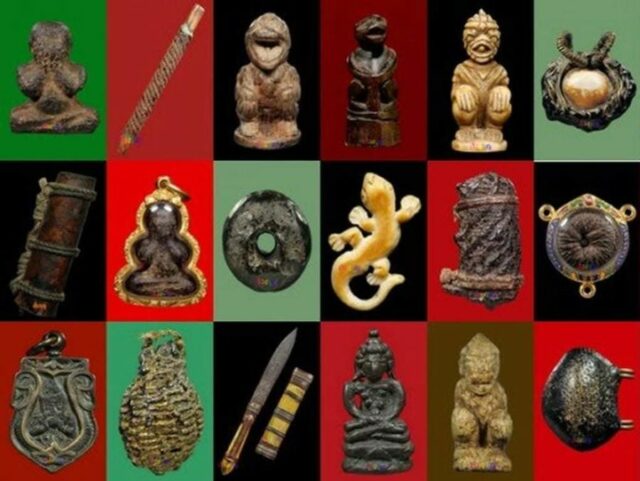
Historical Background
The tradition of wearing amulets in Thailand dates back centuries and is intertwined with the spread of Buddhism across Southeast Asia. Buddhist monks and devotees have long believed in the power of consecrated objects to offer protection, bring good fortune, and promote spiritual growth. Some of the earliest Thai amulets are thought to have originated during the Sukhothai (1238-1438) and Ayutthaya (1351-1767) periods, reflecting the influence of Indian and Khmer Buddhist art.
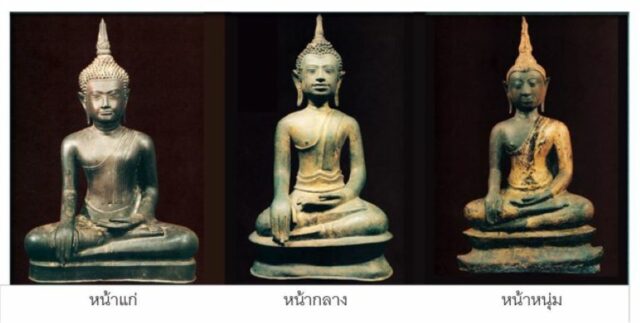
U Tong Buddhist Art
During the Ayutthaya period, amulets became popular not only among commoners but also among royalty and military figures. Kings and warriors were known to carry amulets into battle, believing in their ability to shield them from harm. These amulets were often made from materials such as clay, stone, or metals and were blessed by revered monks or in temple ceremonies, further enhancing their spiritual significance.
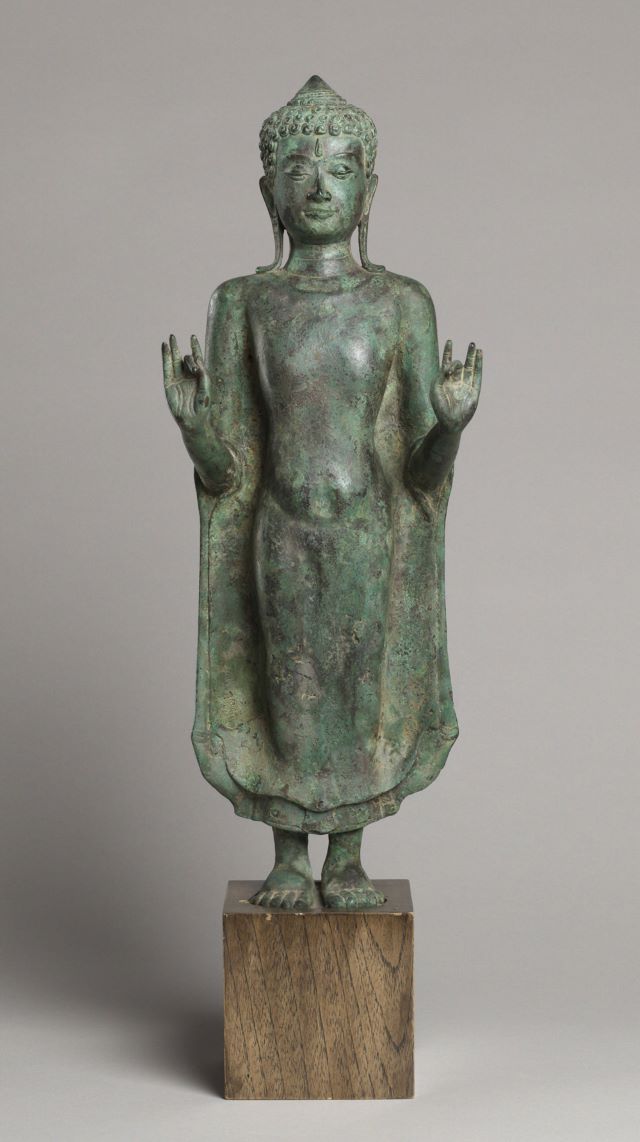
Dvaravadi Thai Buddha Forbidding the Ocean
Types and Symbolism
Thai Buddhist amulets come in various forms and serve different purposes, with their materials, design, and associated rituals contributing to their individual power and significance. Broadly, these amulets can be categorized into the most famous of all-time types:
- Phra Somdej (พระสมเด็จ): Perhaps the most famous and highly revered type of amulet, Phra Somdej was created by the monk Somdej Phra Buddhachan Toh during the 19th century. It is often considered the “King of Amulets” and is known for bringing safety, good fortune, and spiritual advancement to its bearer. These amulets are typically made of sacred powder mixtures, including relics, herbs, and other consecrated materials.
- Phra Pidta (พระปิดตา): This amulet depicts a figure covering its eyes, symbolizing the renunciation of worldly desires and distractions. The wearer of this amulet is believed to receive protection from evil forces and misfortune, while simultaneously deepening their spiritual awareness.
- Phra Khun Phaen (พระขุนแผน): Named after a legendary warrior and folk hero, Phra Khun Phaen is associated with charm, attraction, and personal magnetism. It is often worn by individuals seeking to enhance their charisma, success in relationships, or business dealings.
- Phra Nang Phaya (พระนางพญา): Often referred to as the “Queen of Amulets,” Phra Nang Phaya is linked with female empowerment and is believed to provide its wearer with grace, beauty, and leadership qualities. This amulet is particularly popular among women.
- Luang Phor Thuad (หลวงปู่ทวด): An amulet dedicated to the legendary monk Luang Phor Thuad, who lived in the 16th century and is revered for his miraculous deeds. These amulets are believed to offer protection from physical danger and accidents, making them especially popular among travelers and those seeking physical safety.
Each of these amulets is believed to possess specific powers, which may include protection from danger, enhancement of personal charisma, promotion of health, prosperity, or spiritual development. The efficacy of these amulets is often tied to the intentions and blessings of the monk or temple that creates them.
Creation and Consecration
The process of creating a Thai Buddhist amulet is steeped in religious ritual and tradition. Amulets are usually crafted from a variety of materials, such as clay, bronze, silver, or even wood. Some amulets are made using special powders that include relics of deceased monks, crushed herbs, or soil from sacred sites. The choice of materials is significant, as they are often believed to enhance the spiritual potency of the amulet.
The creation of an amulet typically involves chanting sacred mantras, and once the amulet is complete, it undergoes a consecration ceremony known as phutthaphisek. During this ritual, monks will invoke the protective powers of the Buddha, as well as other revered figures, to imbue the amulet with spiritual energy. The length and intensity of these rituals vary depending on the amulet and the temple, but they are always conducted with utmost reverence.
Amulets blessed by highly respected monks, or those made in temples with historical significance, are considered to be the most potent. As a result, they are highly sought after by collectors and devotees alike.
Role in Society
Thai Buddhist amulets hold a unique position in Thai society. They are not merely religious objects but also cultural artifacts that reflect the deep-rooted Buddhist faith of the Thai people. Many Thais wear amulets daily, believing that they offer protection from accidents, illness, and misfortune. Soldiers, police officers, and business people are among the most prominent wearers, as they seek both physical safety and professional success.
Amulets are also a form of charitable giving and merit-making in Thai culture. Monks often distribute amulets to devotees in exchange for donations to the temple, with the proceeds going toward the upkeep of the temple, charitable activities, or community projects. This exchange strengthens the bond between laypeople and the monastic community, reinforcing the central Buddhist concept of dana (generosity).
Amulets as Collectibles
In addition to their religious and cultural significance, Thai Buddhist amulets have become valuable collectibles. Amulet trading is a thriving market in Thailand, with some amulets fetching high prices due to their rarity, the reputation of the monk who created them, or the historical period in which they were made. Amulet fairs and shops are common throughout Thailand, and collectors often spend years seeking out rare or highly revered pieces.
Despite the commercialization of amulets, their spiritual essence remains central to their significance. Collectors and devotees alike believe that the true value of an amulet lies not in its monetary worth but in the spiritual protection and guidance it provides.
Thai Buddhist amulets have, and still do serve as both sacred objects of devotion, and cultural symbols that reflect Thailand’s rich religious heritage. Their importance in Thai society cannot be overstated, as they bridge the spiritual and material worlds, offering comfort, protection, and a tangible connection to the teachings of the Buddha. Whether worn for personal safety, spiritual advancement, or as collectibles, these amulets embody the enduring faith of the Thai people and the profound influence of Theravada Buddhism on their daily lives.
Luang Phu Iam (Wat Hnang)
Luang Phu Iam was a World Famous Master Monk of the previous Century, and maker of the Number 2 Amulet of the Top 5 'Benjapakee' of Pra Pid Ta of all Thai Buddhist History, the Pra Pid Ta Yant Yung. Luang Phu Iam is the No.2 Master of all History, renowned for Pra Pid Ta Amulets, and his Rare and Powerful First Edition Monk Coin, which fetches extremely high prices in auctions.
Pra Pāwanā Gosol Thēra (Luang Phu Iam Suwannasarõ)
Luang Phu Iam was a born on Friday the 7th October 2375 BE. Luang Phu Iam was born a Citizen of Bang Khun Tian, whose household lived on the banks of the Klong Bang Hwa Canal, behind the temple of Wat Hnang. Luang Phu Iam was born during the reign of His Majesty Prabat Somdej Pra Nang Glao Jao Yuu Hua King Rama 3. Luang Phu Iam was given the birthname of ‘Iam’ and his surname was ‘Tong U’. The devotees of Wat Hnang temple did not call him Luang Phu Iam, rather, preferred to call him ‘Luang Por Phu Tao’.
People in General, and the collectors of the amulet appreciation societies like to refer to Luang Phu Iam as ‘Luang Por Wat Hnang’. His father and mother’s names were Mr. Tong, and Mrs. U, with the surname ‘Tong U’. Luang Phu Iam’s family were market gardners, and were relatively prosperous. At the age of 9 years old, Luang Phu Iam was taken to the temple of Wat Hnang, to learn to read and write, and practice Khom Agkhara, under the tutelage of his first mentor, Luang Phu Rod, then Vice Abbot of Wat Hnang.
In the year 2387 BE, Luang Phu Rod then began to teach him Wicha Akom Buddha Magic and also to teach him in the Pali Sanskrit scripts, and the Khom Agkhara used for Magical Inscriptions. At the age of 11, in the year 2386 BE, Luang Phu Iam also went to study Pali Sanskrit with Pra Maha Yim at Wat Bovornives Voraviharn.
After he finished his studies with Pra Maha Yim, Luang Phu Rod then went to practice under the tutelage of Pra Pidok Gosol (Luang Por Chim), at Wat Liab.
Thereafter, he returned to Wat Hnang, and ordained as a Samanera Novice Monk, and studied the Dhamma in his original place of learning at Wat Hnang. Luang Phu spent many years focused on study and practice, for about one decade, until the year 2394 BE.
Luang Phu was now coming of age where he should ordain from Samanera to become full status of an adult Bhikkhu, and had to go to the Royal Sanam Luang to take his Pali Sanskrit exams, which were at that time, done orally, answering in front of the teacher without any written questions to answer. Luang Phu did not pass the test. Because of failing his Pali exam, Luang Phu decided to disrobe and go to help his parents and relatives at home.
But Luang Phu only managed to remain a layman for three years, and his true calling became evident, and Luang Phu returned in the year 2397 BE to Re-Ordain as a Bhikkhu in the Buddha Sasanā at Wat Jom Tong, at the age of 22 years old.
Luang Por Gerd was his Upachaya Ordaining Officer, and gave Luang Phu Iam the Ordained Name of ‘Suwannasaro’
His Pra Gammawājājārn was Pra Tamma Chedi (Luang Por Jeen), with Pra Pawanā Gosol Thēra (Luang Phu Rod) as his Prompting Officer.
Once he had Re-Ordained again, Luang Phu Tao (Luang Phu Iam) went to stay at Wat Nang Nong, which was across the other side of the path to Wat Nang Nong. Here he continued his written studies of the Dhamma and Sorcery Grimoires, and Mastery of various Wicha, in the Samnak of Luang Por Jeen, with supplementary tuition from Pra Sangworn Wimol (Luang Por Hmen).
This time Luang Phu Iam went to finish his exams once more at Sanam Luang, and passed with flying colours. The ordained professor of Pali who was examining him, then said he had given very good translations, and invited Luang Phu Iam to come and practice at the same Samnak.
Luang Phu Iam however, refused, and continued with his usual trajectory. He then focused deeper on his practice of Vipassana Mindfulness Practice, and Puttakom (Buddha Magic) with Luang Phu Rod (who was abbot of Wat Nang Nong).
It can be seen from historical documentation, that Luang Phu Iam followed the footsteps of of Luang Phu Rod, in the same way that Somdej Pra Puttajarn (Dto) Prohmrangsri of Wat Rakang Kositaram had followed in the footsteps of his Mentor Pra Sangkarach (Sukh Gai Thuean). Luang Phu Iam hence mastered the various Wicha of Luang Phu Rod, with his diligence and unquestioning service to Luang Phu Rod as his Mentor.
Sometime around 2440, Luang Phu Rod had his Royal Pat Yos fan confiscated and was stipped of Royal status, and moved from Wat Nang Nong to gp stay at Wat Ko Non. This was because Luang Phu Rod refused to use the official terminology of respect towards King Rama 4, because he was angry about the splitting of the Sangha into Dhammayut, and Maha Nikaya sects, which he considered the King to have caused a schism in the Sangha. Luang Phu Iam and his devotees followed Luang Phu Rod to Wat Ko Non, and Luang Phu Iam continued to practice and continue to practice his Wicha with Luang Phu Rod, for many years.
This comparison is also extendible to the amulets of both Masters, just as Somdej Pra Puttajarn (Dto) Prohmrangsri learned the Wicha Pra Somdej from Somdej pra Sangkarach Sukh (maker of the Pra Somdej Arahang Benjapakee Amulet), so, in turn, did Luang Phu Iam make powerful Pra Pid Ta and Pra Pid Tawarn amulets, in the same Dtamra (formula) of his Mentor Luang Phu Rod.
The third Comparison between the two Monks, reveals that both Somdej Pra Puttajarn (Dto) Prohmrangsri and Luang Phu Iam managed to attain the same fame and reverence as their Mentors, and their amulets became equally reputed for their magical power.
Luang Phu Iam created the same style of imagery as Luang Phu Rod for both kinds of Pid Ta amulets, and his Wicha is so equal in power to that of Luang Phu Rod, that one will often seen devotees collecting the amulets of both masters with equal fervency. It is not uncommon to see a high-end collector wearing a Pra Pid Ta Luang Phu Iam alongside a Pra Pid Ta Luang Phu Rod on the same necklaceใ
Some time after the passing of his Mentor Luang Phu Rod, in the year 2441 BE, Luang Phu Iam was called upon by his Majesty King Prabat Somdej Pra Julajom Glao Jao Yu Hua (Rama 5), to become the abbot of Wat Hnang, and perform the duty of its maintenance and further development.
Luang Phu Iam proved to be a Great Abbot, and diligently restored and developed the temple and its facilities. Luang Phu Iam was a highly favoured Monk of His Majesty King Rama 5, and was more often than not always requested to attend the most important Blessing Ceremonies, and Buddhist Rituals of the Royal Palace. His name 'Pra Pawana Gosol' was bestowed upon him by his Majesty the King, at the time he was given the charge of Wat Hnang temple.
Luang Phu Iam then spent 27 Years working selflessly for the temple and devotees of Wat Hnang, for another 27 years, until his passing on the 26th April 2469 BE, at the age of 94. His Pid Ta Yant Yung metallic amulet is equally highly regarded for its Klaew Klaad Kong Grapan Chadtri Maha Ud power, as the famous Pra Pid Ta Rae Bang Phai, and the Pra Pid Ta Wat Tong, and the Pra Pid Ta Pim Tapap of Wat Sapan Sung.
